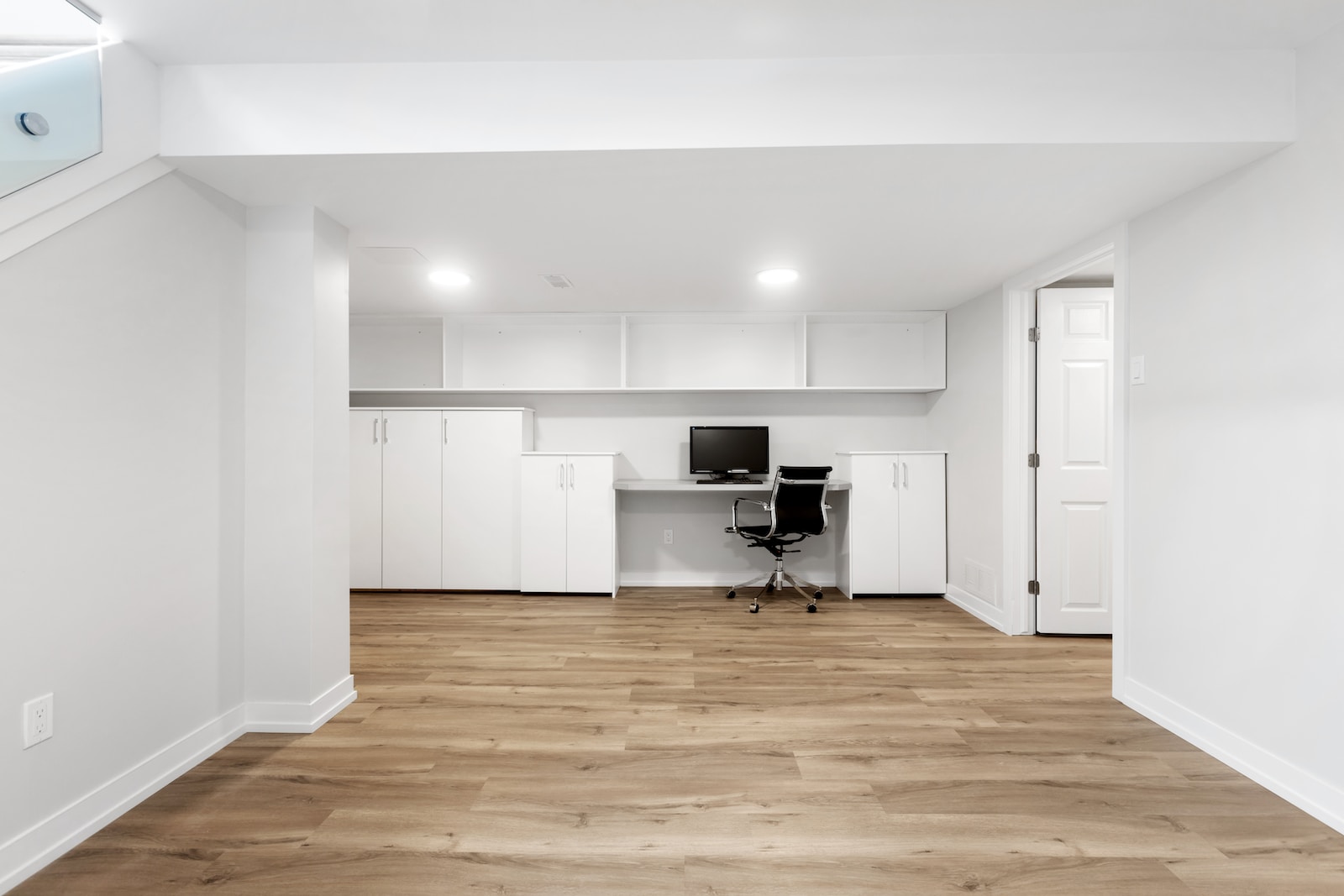Basement renovations have gained remarkable popularity in recent years as homeowners seek to maximize their living spaces and enhance the value of their properties. This article explores the growing trend of basement renovations, their benefits, and factors affecting the basement renovation cost.
The Basement Renaissance
Once overlooked and underutilized, basements are now being transformed into valuable and versatile living areas. Homeowners across the globe are increasingly recognizing the untapped potential lurking beneath their homes. Basements offer unique advantages, including additional square footage, ideal for expanding living space, creating home offices, gyms, entertainment rooms, or even adding rental income through basement apartments.
Benefits of Basement Renovations
- Increased Home Value: One of the most compelling reasons homeowners opt for basement renovations is the potential for a significant increase in property value. A well-executed basement transformation can make a house more appealing to potential buyers, thereby boosting its market value.
- Enhanced Livability: Basements offer the opportunity to add functional spaces that cater to various needs. Whether it’s a cozy family room, a guest bedroom, or a stylish home theater, basement renovations can significantly enhance the livability of a home.
- Income Potential: Converting the basement into a separate living unit, often known as a basement apartment, can generate a steady stream of rental income. This income can help offset mortgage payments and other housing expenses.
Basement Renovation Cost Factors
The cost of renovating a basement can vary widely based on several key factors:
- Size and Layout: The size and layout of your basement play a significant role in determining renovation costs. Larger basements or those with complex layouts may require more extensive work and materials.
- Scope of Renovation: The extent of the renovation also influences costs. Simple projects, such as adding a fresh coat of paint and new flooring, will be more affordable than comprehensive renovations that involve structural changes, plumbing, and electrical work.
- Materials and Finishes: The choice of materials and finishes can have a substantial impact on the overall cost. High-end finishes and fixtures will naturally increase the expense.
- Local Labor Costs: Labor costs vary from one region to another. Urban areas often have higher labor rates than rural ones, which can affect the total renovation cost.
- Permits and Regulations: Depending on your location and the scope of the renovation, you may need permits and inspections, which can add to the overall cost.
Tips for Managing Basement Renovation Costs
- Plan Carefully: Create a detailed plan for your basement renovation, outlining your goals, design, and budget. Sticking to a well-thought-out plan can help control costs.
- Get Multiple Quotes: Seek quotes from multiple contractors to compare prices and ensure you’re getting a competitive rate.
- Prioritize Needs: Determine your must-haves and prioritize them over less essential elements of the renovation.
- Consider DIY: If you have the necessary skills, consider tackling some aspects of the renovation yourself to save on labor costs.
- Anticipate Contingencies: Factor in a contingency fund for unexpected expenses that may arise during the renovation process.
Conclusion
Basement renovations are reshaping the way homeowners use their living spaces, adding value to properties, and creating functional, aesthetically pleasing areas for various purposes. While basement renovation costs can vary, careful planning, smart budgeting, and a clear vision for the space can help homeowners manage expenses and make the most of this valuable home improvement investment. As the trend of basement renovations continues to gain momentum, more and more homeowners are discovering the transformative potential lurking just beneath their feet.







